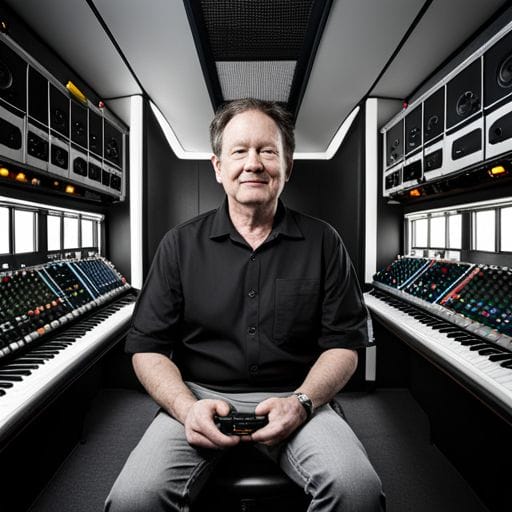How to Master Your Music in 9 Steps

How does mastering my music in these 9 steps improve the overall quality of my sound?
Diving into the world of music production can be overwhelming, especially when you start exploring the mastering process. Mastering your music is an essential step that helps balance various sonic elements and enhances the overall sound quality. This article will walk you through the nine steps to master your music, offering a simplified approach that even beginners can understand.
Step 1: Premaster Preparation
Begin by making sure that your mix is perfect. This involves setting proper gain staging, panning instruments, and compressing and equalizing your mixes until you have a balanced sound. This step lays a solid foundation for the entire mastering process.
Step 2: Set Your Peak Levels
Avoid distortion by making sure that your tracks do not clip. You may want to keep the peak levels around -6dB to -3dB. This will give you enough headroom for the next steps.
Step 3: Apply a High-Pass Filter
Apply a high-pass filter to all tracks to remove any unnecessary low-frequency sounds that might cloud your mixes. This step can help provide a clean and crisp listen.

